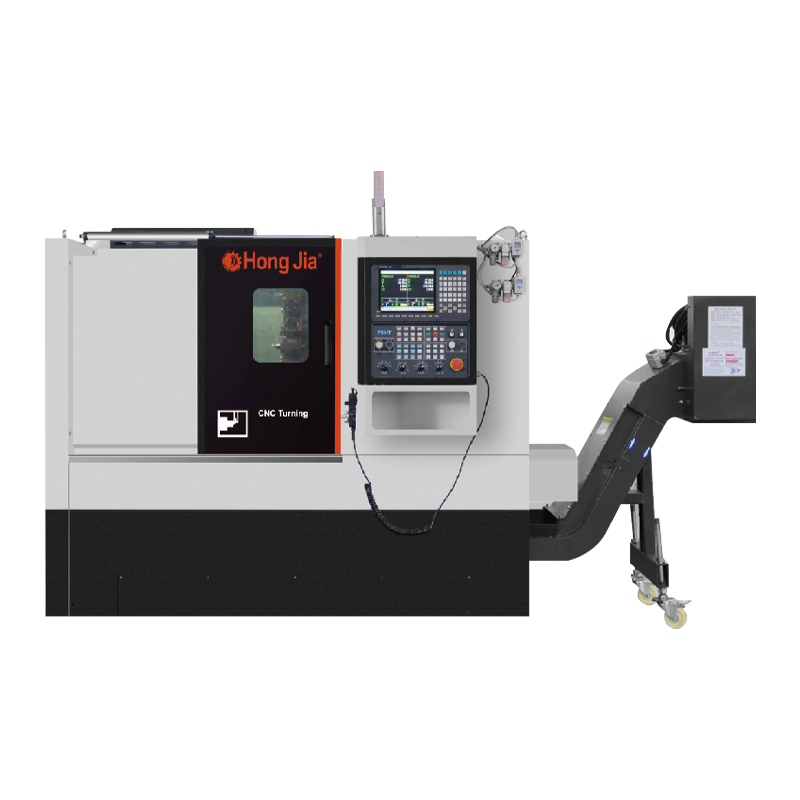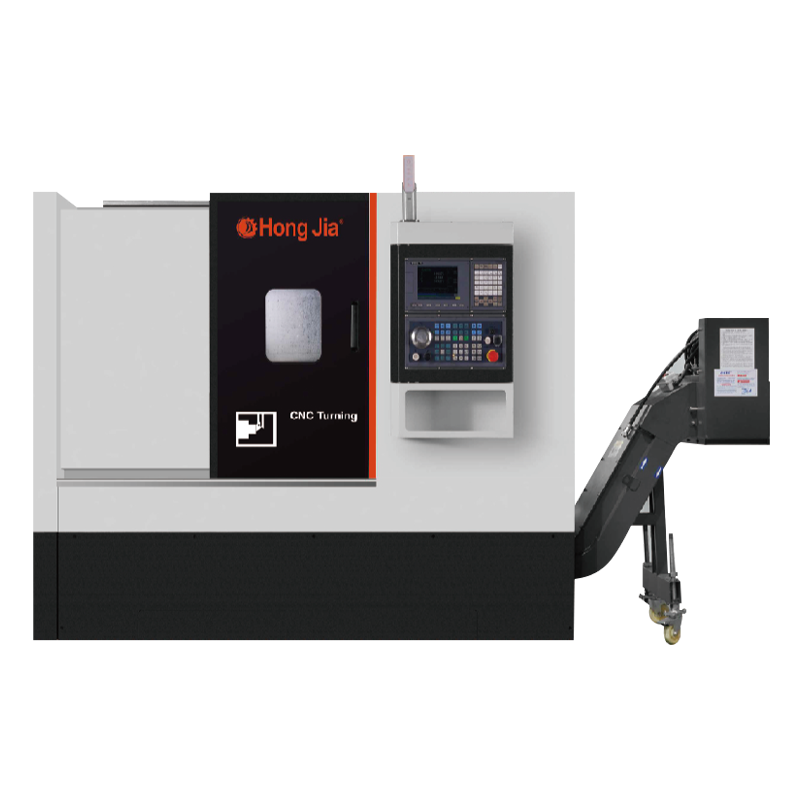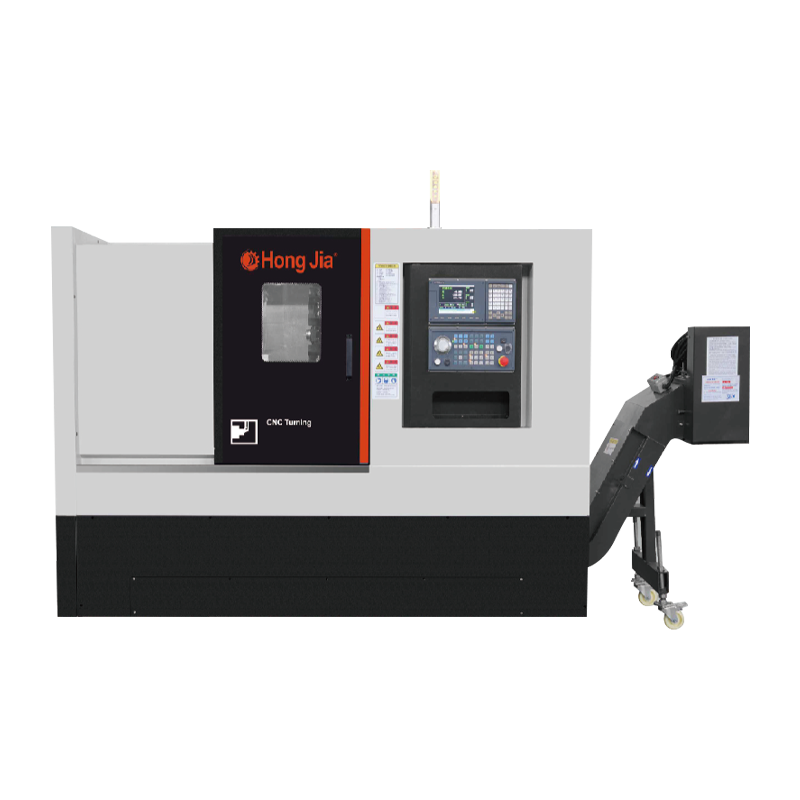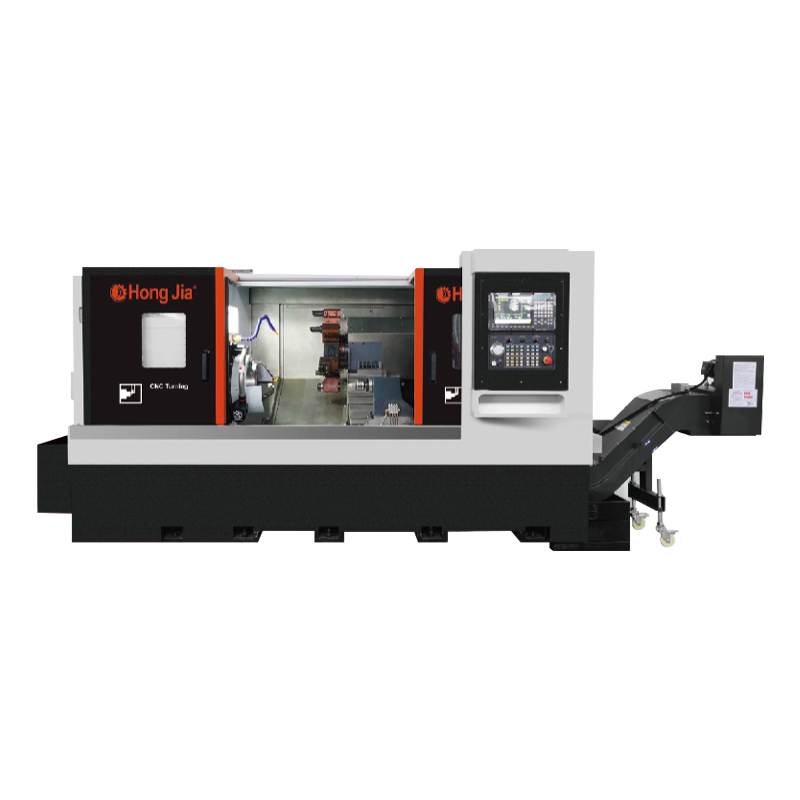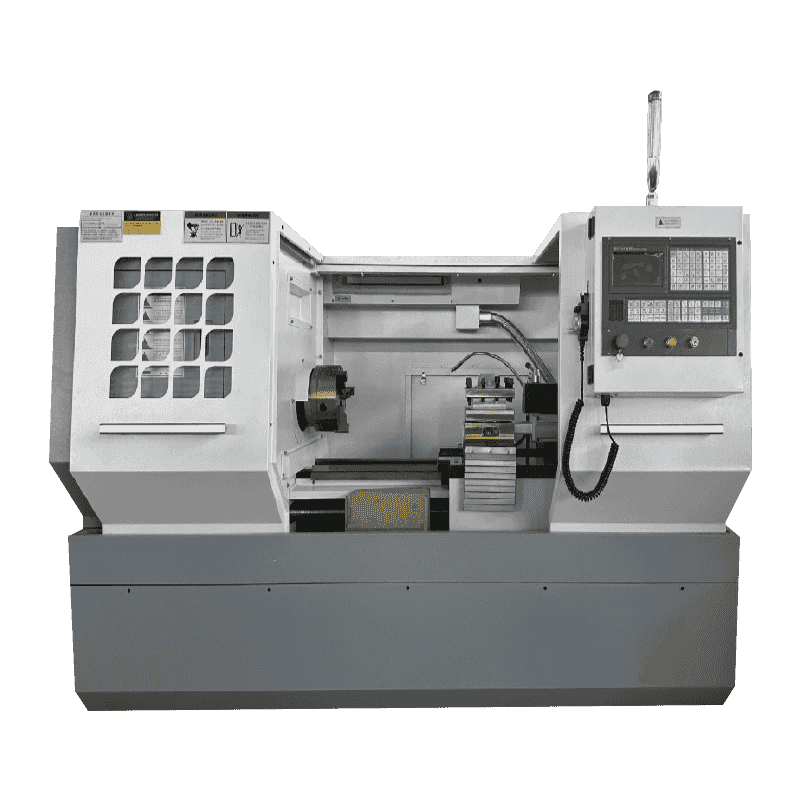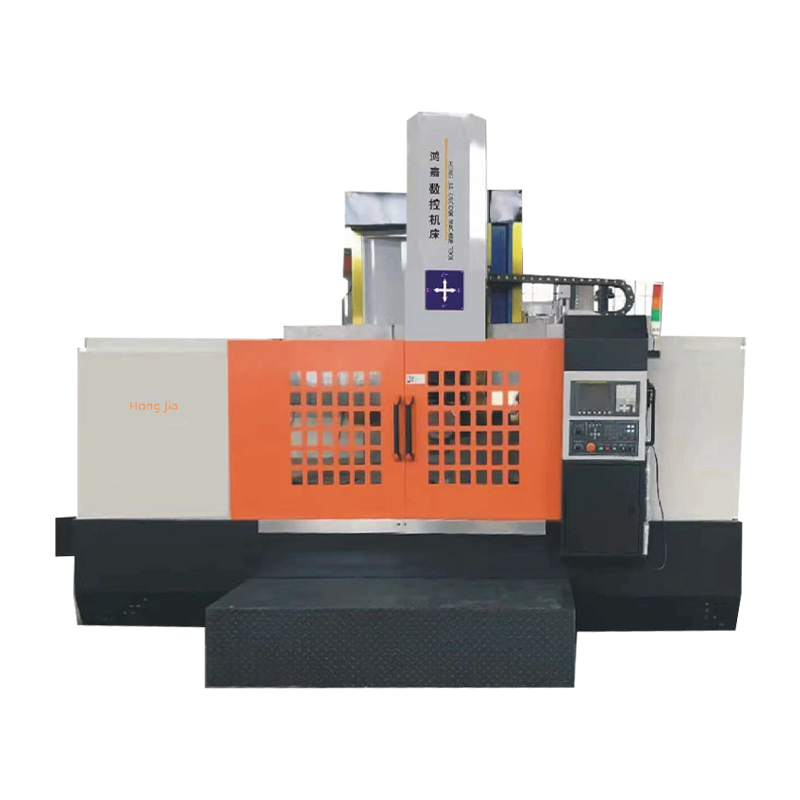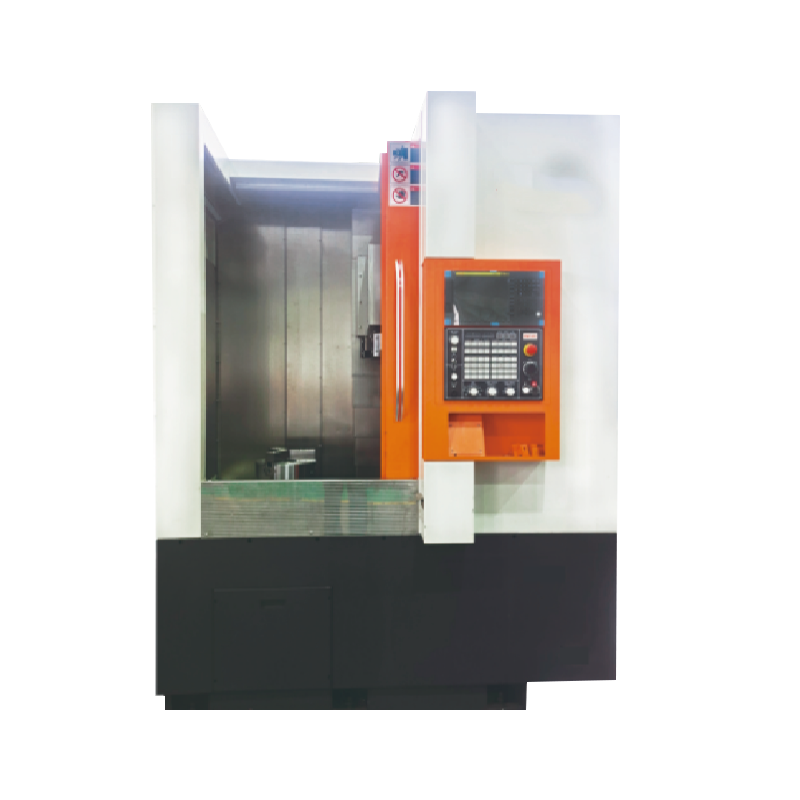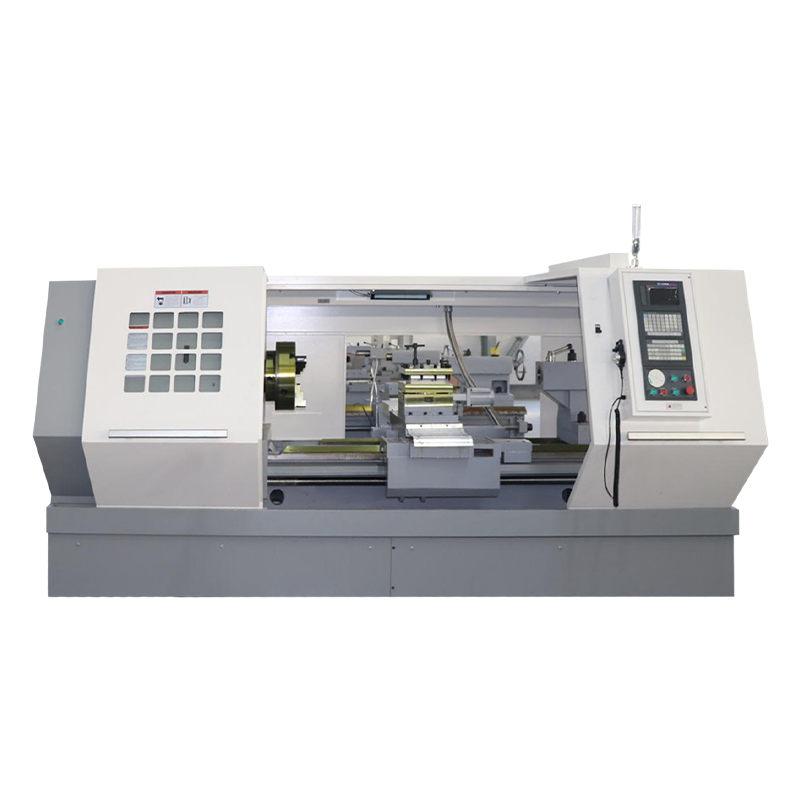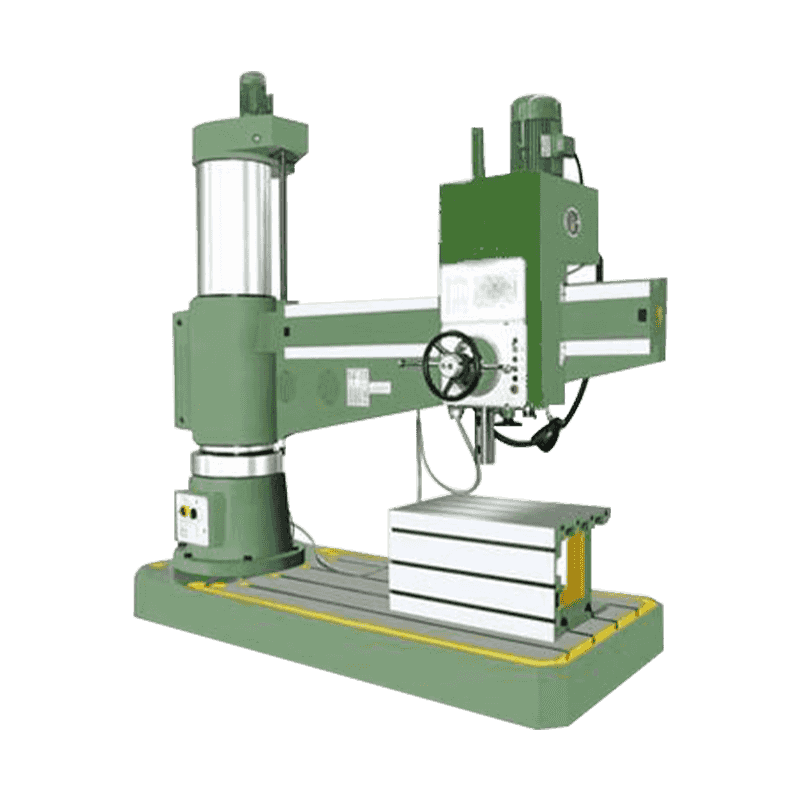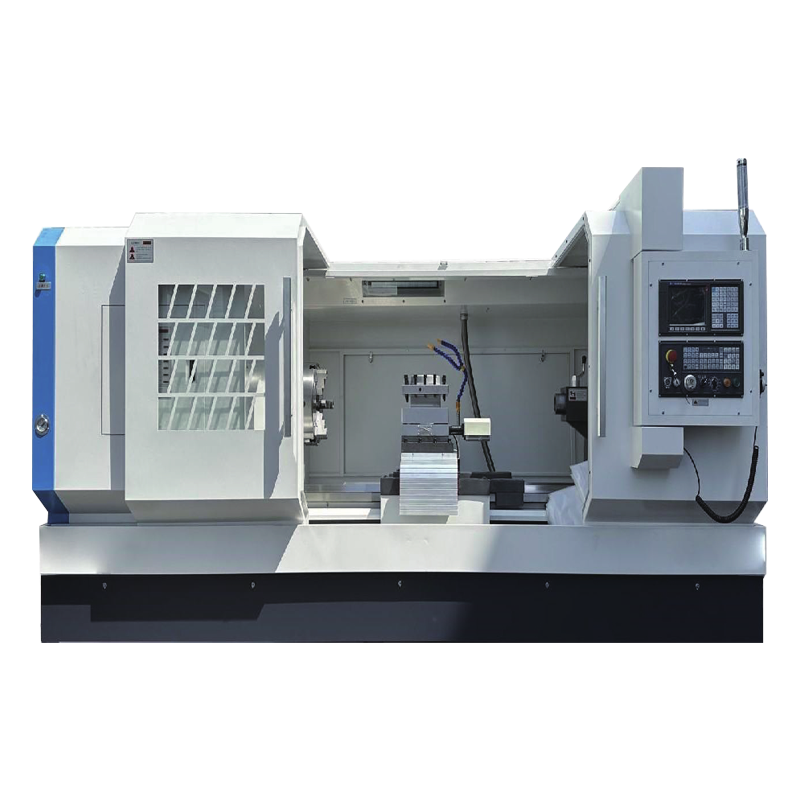Don't hesitate to contact when you need us!
Web Menu
Product Search
Exit Menu
 Home / News / Industry News / How does High-Speed Precision Turning And Milling Machine achieve micron-level machining accuracy?
Home / News / Industry News / How does High-Speed Precision Turning And Milling Machine achieve micron-level machining accuracy? How does High-Speed Precision Turning And Milling Machine achieve micron-level machining accuracy?
 2025.03.07
2025.03.07
 Industry News
Industry News
In high-end manufacturing, micron-level (μm) machining accuracy is the gold standard for measuring equipment performance. A qualified High-Speed Precision Turning And Milling Machine not only needs to achieve an ultra-high spindle speed of tens of thousands of revolutions per minute, but also needs to maintain a comprehensive error of less than ±1μm during dynamic machining. Behind this is the deep integration of multi-dimensional technologies such as mechanical design, control system, and thermal management.
Technological breakthrough: Evolution from rigidity to intelligent compensation
The accuracy bottleneck of traditional machine tools often stems from the lack of rigidity of the mechanical structure and the thermal deformation effect. Modern high-speed precision turning and milling machine tools solve this problem through a triple composite rigidity enhancement design:
Integral bed casting: high-damping resin sand castings are used, combined with finite element topology optimization design, to increase the dynamic rigidity of the machine tool by more than 40%, effectively suppressing processing vibration;
Hydrostatic guide technology: contactless support is formed with 0.03MPa oil film pressure, and the friction coefficient is less than 0.001, which can still maintain nano-level motion stability at high speed;
Bidirectional thermal symmetric structure: through the symmetrical layout of the spindle box and the turret, combined with the optimization of the coolant circulation path, the thermal deformation is controlled within 3μm/m².
Core system: three pillars of precision control
Nanoscale closed-loop feedback system
Equipped with a grating ruler and laser interferometer with a resolution of 1nm, it monitors the radial runout and axial movement of the spindle in real time. When the deviation is detected to exceed the preset threshold, the control system starts dynamic compensation within 2ms and fine-tunes the tool tip position through the piezoelectric ceramic actuator.
Intelligent thermal management network
The monitoring matrix composed of 36 built-in temperature sensors is combined with machine learning algorithms to predict thermal deformation trends. For example, when continuously processing titanium alloy workpieces, the system will adjust the coolant flow and spindle speed in advance to compress the temperature fluctuation range of the machine tool to ±0.5℃.
Multi-axis linkage error decoupling technology
The five-axis motion error model is established through the Jacobian matrix, and the geometric error (such as guide rail straightness deviation), dynamic error (such as inertia offset caused by acceleration and deceleration) and assembly error are vector decomposed, and finally a breakthrough of 0.8μm in spatial trajectory accuracy is achieved.
Actual combat verification: precision revolution in the field of aerospace
In the processing of aircraft engine impellers, traditional processes require three processes: rough machining, semi-finishing machining, and finishing machining, with a cumulative error of 5-8μm. However, a certain model of high-speed precision turning and milling compound machine tool completes the entire process processing through one clamping, and the measured impeller blade profile error is only 1.2μm, and the surface roughness Ra0.2μm. This not only shortens the processing cycle by 60%, but also increases the aerodynamic efficiency of the blade by 12%, fully verifying the commercial value of micron-level accuracy.
Future Challenges: Moving towards sub-micron precision
With the growing demand for semiconductor and optical component processing, the industry's pursuit of precision has extended to below 0.5μm. The next generation of machine tools will integrate quantum sensing positioning systems and self-organizing compensation algorithms, and build digital twin models for predictive precision calibration by collecting 2000+ dimensional data such as cutting force and vibration spectrum in real time. This marks a paradigm shift in precision machining from ""passive error correction"" to ""active error prevention"".
Micron-level precision is not only a technical parameter, but also a pass for manufacturing industry upgrades. High-speed precision turning and milling machine tools are redefining the boundaries of precision manufacturing through interdisciplinary technological innovation, providing underlying support for high value-added products in the era of Industry 4.0. For enterprises, investing in such equipment is not only a capacity upgrade, but also a must-have option for participating in the global high-end industrial chain competition.
Recommended Products
Product
Contact Information
- Phone:
+86-13857478288
- Tel:
+86-574-86520206
- E-mail:
yp@hongjia-cnc.com
- Add:
No.287,Binhai Fourth Road, Hangzhou Bay New Area, CiXi City, Zhejiang Province

 English
English 中文简体
中文简体 русский
русский Español
Español عربى
عربى
